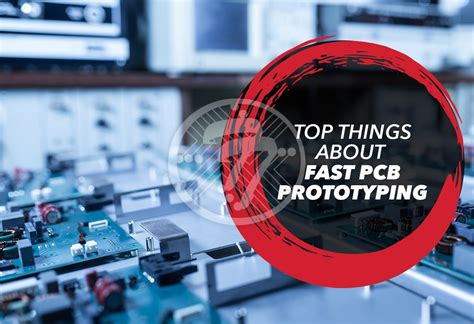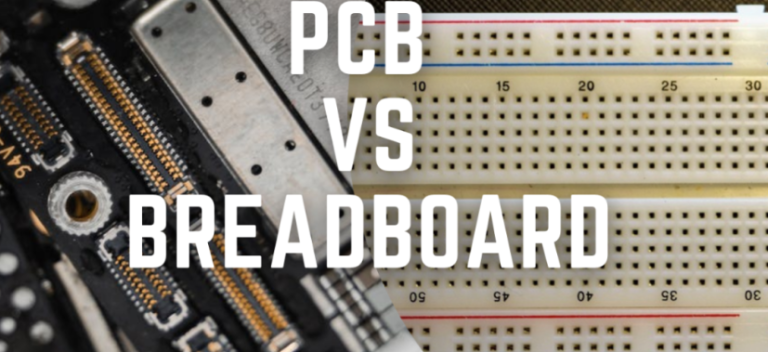Fast PCB Prototyping Solutions for Rapid Development
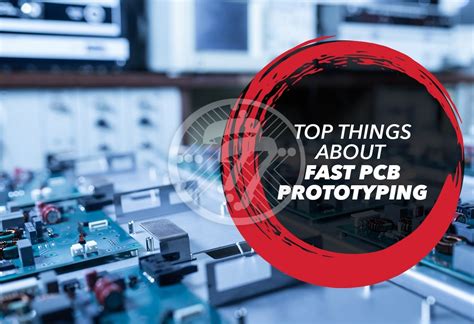
Key Takeaways
When considering fast PCB prototyping, it’s essential to recognize the value it brings in today’s rapidly evolving technological landscape. You should be aware that the speed at which you can design, test, and iterate your circuit boards directly influences your project’s success and your overall standing in the competitive pcb manufacturing landscape. By choosing the right pcb manufacturing companies, you can significantly shorten your time-to-market, enabling you to stay ahead of competitors while managing innovation cycles effectively.
It’s also important to take into account how pcb manufacturing cost factors into your overall budget. While some services may promise faster results, always compare them based on both price and service quality to ensure you’re getting the best value. Building a relationship with reliable pcb manufacturing business partners can also streamline your project timelines, as they may offer tailored solutions that fit your specific needs.
“Think of PCB prototyping as an investment in efficiency; the quicker you can iterate, the closer you’ll be to a market-ready product.” This mindset will not only facilitate quicker development but also enhance the robustness of your designs through rapid testing. Embracing these elements can elevate your electronic designs from concept to reality in a manner that is both efficient and sustainable.
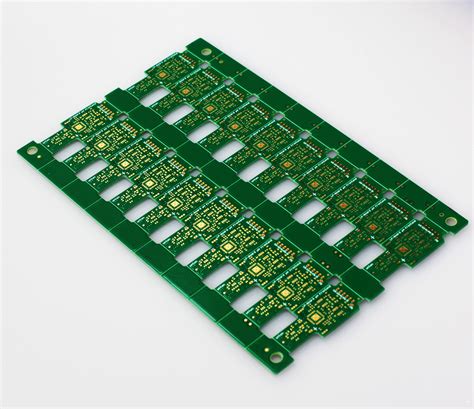
Introduction to Fast PCB Prototyping
In the realm of electronic development, fast PCB prototyping has emerged as a critical component that allows you to transform your ideas into tangible products with speed and efficiency. By leveraging advanced PCB manufacturing techniques, you can significantly reduce the time it takes to go from concept to circuit board. This not only facilitates rapid iterations but also fosters innovation, enabling your projects to stay ahead in a competitive market. Working with reputable PCB manufacturing companies can offer you a variety of solutions tailored to your specific needs. These companies often provide comprehensive services that encompass everything from design support to final assembly, helping you optimize your pcb manufacturing cost along the way. The synergy between quick prototyping and strategic partnerships in the pcb manufacturing business can indeed accelerate your development process, leading to faster turnaround times and better products overall. Embracing these solutions ensures that you are well-equipped to navigate the dynamic landscape of electronics development, turning your visions into reality faster than ever before.
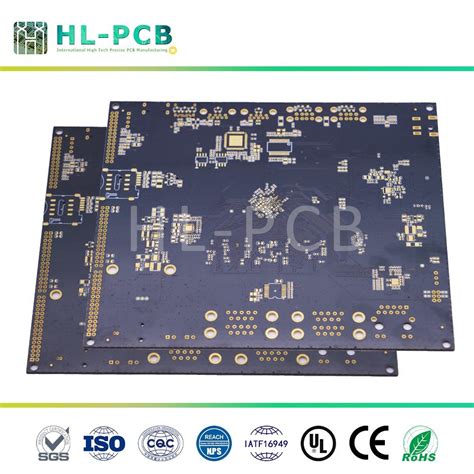
Key Benefits of Rapid PCB Development
The world of PCB manufacturing is evolving, and rapid prototyping is at the forefront of this transformation. One of the primary benefits you will experience with rapid PCB manufacturing is significantly reduced time-to-market. By utilizing quick prototyping processes, you can streamline your development efforts, allowing you to swiftly transition from concept to physical product. This ability is essential for businesses that rely on agility and innovation, especially in a competitive landscape.
Additionally, engaging with reputable PCB manufacturing companies provides you access to advanced technologies and specialized techniques that enhance design flexibility. You can explore multiple design iterations without incurring exorbitant costs or lengthy production delays. This efficiency not only promotes creativity but also fosters an environment where your team can experiment with new ideas without the fear of high PCB manufacturing costs.
When evaluating the financial implications, consider how rapid prototyping can be a game-changer for your pcb manufacturing business. By decreasing both development times and material waste, you can optimize your resources effectively. What often happens in this streamlined process is a reduction in the overall cost structure associated with traditional methods—thereby helping you maintain a competitive edge.
Here’s a table summarizing the key benefits:
| Benefit | Description |
|---|---|
| Reduced Time-to-Market | Accelerates product release through fast prototyping technology |
| Increased Design Flexibility | Provides room for iterative testing without heavy financial burdens |
| Cost Efficiency | Lowers production costs by minimizing waste and optimizing resources |
| Fosters Innovation | Encourages experimentation and creative solutions among design teams |
Engaging in rapid PCB development not only meets your immediate project needs but also lays the groundwork for future innovations within your pcb manufacturing business. It’s an impactful strategy that empowers you to keep pace with market demands while enhancing your creative potential.
Comparison of Prototyping Services and Pricing
When engaging in fast PCB prototyping, understanding the landscape of available services and their associated costs is vital for making informed decisions. Numerous PCB manufacturing companies offer a range of options tailored to distinct needs, and each has its unique pricing structure. Generally, you will find that the PCB manufacturing cost can vary significantly based on the complexity of your design, the materials used, and the turnaround time required. Some services cater to urgent projects, allowing for expedited processing at a premium rate, while others might offer more economical solutions with standard lead times. It’s essential to compare and contrast these options to find a balance between cost-effectiveness and efficiency that suits your PCB manufacturing business goals. Evaluating factors such as additional services—like assembly support or testing—can also influence your final decision, ensuring that you receive the best value for your investment in rapid development. By carefully analyzing these aspects, you can optimize your prototyping efforts while minimizing delays and costs associated with electronics design production.
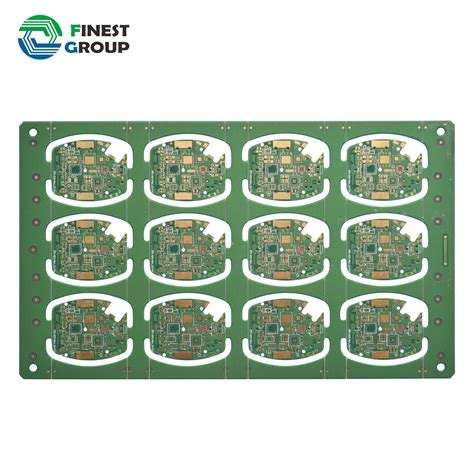
Understanding Build Times and Their Impact
When delving into fast PCB prototyping, it’s crucial to appreciate how build times can significantly impact your overall project. As you explore different pcb manufacturing options, you’ll find that varying turnaround times can either expedite or hinder your development process. Typically, pcb manufacturing companies offer a range of build times depending on the complexity and specifications of your design. For instance, a standard design with fewer layers may be ready in just a few days, while more intricate configurations can take weeks. Understanding these timelines is vital for planning your iterations effectively; delays could result in extended project deadlines or increased overall pcb manufacturing costs. Moreover, having a grasp of the expected build times helps you manage client expectations and optimize resource allocation within your pcb manufacturing business. Therefore, as you consider the available services and their respective timelines, ensure to align them with your project goals—this is key to achieving seamless innovations in your electronic designs.

Best Practices for Efficient PCB Design
Efficient PCB design is fundamental to optimizing your pcb manufacturing process and ensuring timely project completion. Start by employing modular design principles, which enable you to create designs in interchangeable sections, making it easier to troubleshoot issues and revise components without overhauling the entire board. Utilize industry-standard design software that supports PCB manufacturing companies’ requirements; this enhances compatibility and reduces errors in production. Additionally, maintain a clear communication channel with your pcb manufacturing business to ensure that your designs align with their capabilities and specifications, which can significantly influence the overall pcb manufacturing cost. To further improve efficiency, consider incorporating automated design rule checks within your software; this can prevent costly revisions later on by highlighting potential issues before moving into production. Keep an eye on the latest technology trends as well, as advancements in software tools can streamline your workflow and enhance creativity in your design process. By following these best practices, you can enhance productivity while reducing the timeline of your development cycles in pcb prototyping projects.

Case Studies: Successful Rapid Prototyping Examples
Exploring case studies in fast PCB prototyping offers valuable insights into the effectiveness of various approaches and demonstrates how different companies have leveraged rapid PCB development to enhance their products. One notable example includes a tech startup that needed to transform an innovative concept into a tangible product within a tight deadline. By collaborating with experienced PCB manufacturing companies, they were able to significantly reduce the PCB manufacturing cost through optimized design and efficient production processes. As a result, they created several iterations of their design in a matter of weeks, allowing for faster testing and refinement. Another case involved an established electronics firm utilizing rapid prototyping to speed up product updates for their existing line, illustrating how even mature businesses can benefit from modern prototyping solutions. By assessing various services and understanding the impact of build times, they effectively streamlined their operations and brought new features to market with minimal delay. These examples underline the importance of selecting the right partners in your pcb manufacturing business, as well as the potential advantages of quick turnaround times in fostering innovation and meeting market demands efficiently.
Future Trends in PCB Prototyping Solutions
As the landscape of PCB manufacturing continues to evolve, several notable trends are shaping the future of rapid prototyping solutions. With an increasing demand for efficiency, many PCB manufacturing companies are adopting advanced technologies, such as automation and artificial intelligence, to streamline their processes. These innovations not only enhance production speed but also lower the PCB manufacturing cost, enabling quicker iterations and more flexible design changes. Another key trend is the rise of open-source PCB design platforms that encourage collaboration and share resources among engineers. This shift cultivates a community-driven approach where ideas can be tested more easily and disseminated among peers, further accelerating development timelines. Additionally, as sustainability becomes a priority in many industries, there’s a growing emphasis on eco-friendly materials and processes in the PCB manufacturing business. Companies are now exploring greener alternatives that not only minimize waste but also reduce their overall environmental footprint. By keeping abreast of these trends, you can position yourself at the forefront of innovation in electronic design, ensuring that your projects can adapt to change swiftly while maintaining high standards of quality and efficiency.
Conclusion
In today’s fast-paced technological landscape, PCB manufacturing plays a pivotal role in transforming innovations into tangible products. By leveraging rapid PCB prototyping solutions, you can significantly streamline your development process, ensuring that your designs move from concept to reality without unnecessary delays. Understanding the various PCB manufacturing companies and their specific offerings can empower you to make informed decisions regarding the PCB manufacturing cost and services that align with your project requirements. Whether you’re developing a prototype or launching a full-scale production, keep in mind that efficient PCB manufacturing business practices not only optimize build times but also enhance your design iterations. As you navigate through the complexities of electronic design and development, embracing these rapid prototyping methods will undoubtedly place you at the forefront of innovation, enabling you to remain competitive in an ever-evolving market.
FAQs
What is fast PCB prototyping?
Fast PCB prototyping refers to the quick production of printed circuit boards (PCBs) that allows you to test and iterate your designs rapidly. This process is ideal for validating concepts and making improvements before mass production.
Why should I consider fast PCB prototyping?
Choosing to engage with fast PCB prototyping can significantly reduce your overall development time. You’ll avoid lengthy delays often associated with standard PCB manufacturing, enabling quicker feedback on your designs.
How does the cost of PCB manufacturing impact my project?
The pcb manufacturing cost can vary widely based on factors like complexity, quantity, and technology used. Understanding these aspects helps you budget accurately and choose the right pcb manufacturing companies that meet your needs without overspending.
What factors should I consider when selecting a PCB manufacturing company?
When selecting a PCB manufacturing business, consider their reputation, turnaround times, pricing structures, and communication practices. Comparing these elements ensures that you partner with a company capable of delivering quality PCBs swiftly.
Can I prototype multiple designs simultaneously?
Yes! Many pcb manufacturing companies offer options for parallel processing, which allows for faster iterations. This approach helps maximize efficiency while minimizing costs associated with separate runs.
For more detailed information on effective solutions in PCB manufacturing, please click here: https://www.andwinpcb.com/pcb-manufacturing/

